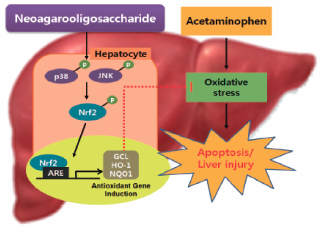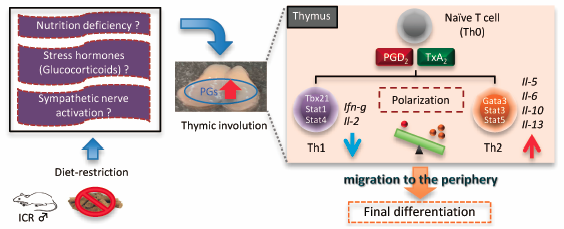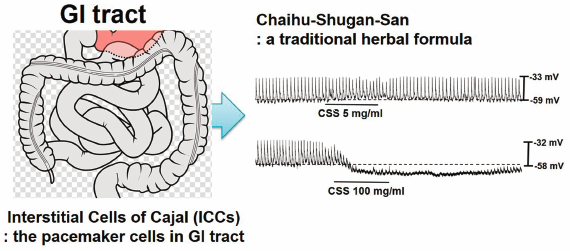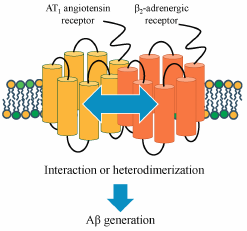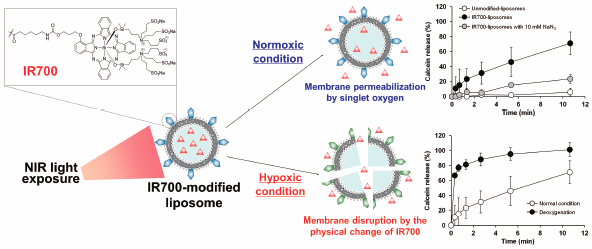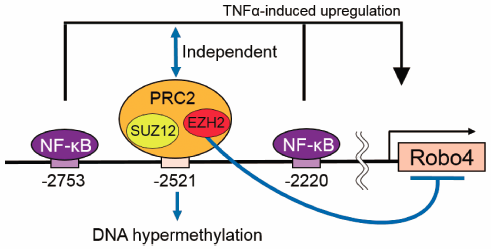- |<
- <
- 1
- >
- >|
-
 2020Volume 43Issue 4 Pages 575
2020Volume 43Issue 4 Pages 575
Published: April 01, 2020
Released on J-STAGE: April 01, 2020
Editor's pickThe 34th Annual Meeting of the Academy of Pharmaceutical Sciences and Technologies, Japan (APSTJ) was held in Toyama, Japan, May 16–18, 2019. In this meeting, a joint symposium was held with the Pharmaceutical Society of Japan and APSTJ. The theme of the symposium was “Recent Advances in Research on Particulate Formulations such as Lipoproteins, Liposomes, Extracellular Vesicles, and iPS Derived Cells.” The four invited speakers provide their review articles in the Current Topics of this issue.
Download PDF (139K) Full view HTML
-
2020Volume 43Issue 4 Pages 576-583
Published: April 01, 2020
Released on J-STAGE: April 01, 2020
Download PDF (1731K) Full view HTML -
2020Volume 43Issue 4 Pages 584-595
Published: April 01, 2020
Released on J-STAGE: April 01, 2020
Download PDF (3604K) Full view HTML -
2020Volume 43Issue 4 Pages 596-607
Published: April 01, 2020
Released on J-STAGE: April 01, 2020
Download PDF (3044K) Full view HTML -
2020Volume 43Issue 4 Pages 608-615
Published: April 01, 2020
Released on J-STAGE: April 01, 2020
Download PDF (2286K) Full view HTML
-
2020Volume 43Issue 4 Pages 616-618
Published: April 01, 2020
Released on J-STAGE: April 01, 2020
Download PDF (365K) Full view HTML
-
2020Volume 43Issue 4 Pages 619-628
Published: April 01, 2020
Released on J-STAGE: April 01, 2020
Advance online publication: January 31, 2020Download PDF (2718K) Full view HTML -
2020Volume 43Issue 4 Pages 629-638
Published: April 01, 2020
Released on J-STAGE: April 01, 2020
Advance online publication: January 24, 2020Download PDF (1415K) Full view HTML -
2020Volume 43Issue 4 Pages 639-648
Published: April 01, 2020
Released on J-STAGE: April 01, 2020
Download PDF (5056K) Full view HTML -
2020Volume 43Issue 4 Pages 649-662
Published: April 01, 2020
Released on J-STAGE: April 01, 2020
Download PDF (2276K) Full view HTML -
2020Volume 43Issue 4 Pages 663-668
Published: April 01, 2020
Released on J-STAGE: April 01, 2020
Download PDF (357K) Full view HTML -
2020Volume 43Issue 4 Pages 669-674
Published: April 01, 2020
Released on J-STAGE: April 01, 2020
Advance online publication: February 07, 2020Download PDF (302K) Full view HTML -
2020Volume 43Issue 4 Pages 675-681
Published: April 01, 2020
Released on J-STAGE: April 01, 2020
Download PDF (662K) Full view HTML -
 2020Volume 43Issue 4 Pages 682-687
2020Volume 43Issue 4 Pages 682-687
Published: April 01, 2020
Released on J-STAGE: April 01, 2020
Editor's pickInteractions between drugs and pharmaceutical additives can cause problems when mixing multiple drugs in clinical settings. One example is aggregate formation between levofloxacin hydrate tablets and lansoprazole orally disintegrating tablets. Nakagawa et al investigated the factors involved in this aggregation, focusing on the role of pharmaceutical additives and electrostatic interaction. Levofloxacin, which is zwitterionic, formed aggregates with methacrylic acid copolymer LD, one of the pharmaceutical additives of lansoprazole orally disintegrating tablet. Other zwitterionic ingredients, including ampicillin, meropenem, cefepime, and cephalexin, also formed aggregates with methacrylic acid copolymer LD.
Download PDF (1130K) Full view HTML -
 2020Volume 43Issue 4 Pages 688-692
2020Volume 43Issue 4 Pages 688-692
Published: April 01, 2020
Released on J-STAGE: April 01, 2020
Editor's pickSesamin is a major lignan in sesame seeds, and a recent meta-analysis of controlled trials showed that sesamin consumption reduces blood pressure. The antihypertensive effect of sesamin was suggested to be caused by suppression of cytochrome P450 4F2 (CYP4F2)-mediated 20-hydroxyeicosatetraenoic acid production. However, the detailed mechanism underlying inhibition of CYP4F2 function by sesamin was unclear. The article by Watanabe et al. characterized the in vitro inhibitory effects of sesamin on human CYP4F2 activity. The results indicated that sesamin is a mechanism-based inactivator of CYP4F2.
Download PDF (438K) Full view HTML -
2020Volume 43Issue 4 Pages 693-696
Published: April 01, 2020
Released on J-STAGE: April 01, 2020
Download PDF (412K) Full view HTML -
 2020Volume 43Issue 4 Pages 697-706
2020Volume 43Issue 4 Pages 697-706
Published: April 01, 2020
Released on J-STAGE: April 01, 2020
Editor's pick5-Aminosalicylic acid (5-ASA) is used as first line therapy for inflammatory bowel disease (IBD). However, a very high 5-ASA dose is required for IBD treatment because 5-ASA formula is relatively low delivery efficacy to local inflamed colonic sites. In this report, Yuri et al. focused on an intestinal H+-coupled oligopeptide transporter 1 (PEPT1) which is induced in the colon under IBD condition, and demonstrated that the newly synthesized dipeptide-like 5-ASA derivatives, which are coupling glycine, glutamic acid and valine to amino group of 5-ASA, were transportable substrates for PEPT1.
Download PDF (1381K) Full view HTML -
2020Volume 43Issue 4 Pages 707-715
Published: April 01, 2020
Released on J-STAGE: April 01, 2020
Download PDF (2310K) Full view HTML -
2020Volume 43Issue 4 Pages 716-724
Published: April 01, 2020
Released on J-STAGE: April 01, 2020
Download PDF (1802K) Full view HTML -
2020Volume 43Issue 4 Pages 725-730
Published: April 01, 2020
Released on J-STAGE: April 01, 2020
Advance online publication: January 31, 2020Download PDF (1129K) Full view HTML -
2020Volume 43Issue 4 Pages 731-735
Published: April 01, 2020
Released on J-STAGE: April 01, 2020
Download PDF (471K) Full view HTML
-
2020Volume 43Issue 4 Pages 736-741
Published: April 01, 2020
Released on J-STAGE: April 01, 2020
Download PDF (1357K) Full view HTML -
2020Volume 43Issue 4 Pages 742-746
Published: April 01, 2020
Released on J-STAGE: April 01, 2020
Download PDF (524K) Full view HTML -
2020Volume 43Issue 4 Pages 747-751
Published: April 01, 2020
Released on J-STAGE: April 01, 2020
Advance online publication: February 04, 2020Download PDF (710K) Full view HTML -
2020Volume 43Issue 4 Pages 752-756
Published: April 01, 2020
Released on J-STAGE: April 01, 2020
Download PDF (483K) Full view HTML
- |<
- <
- 1
- >
- >|






